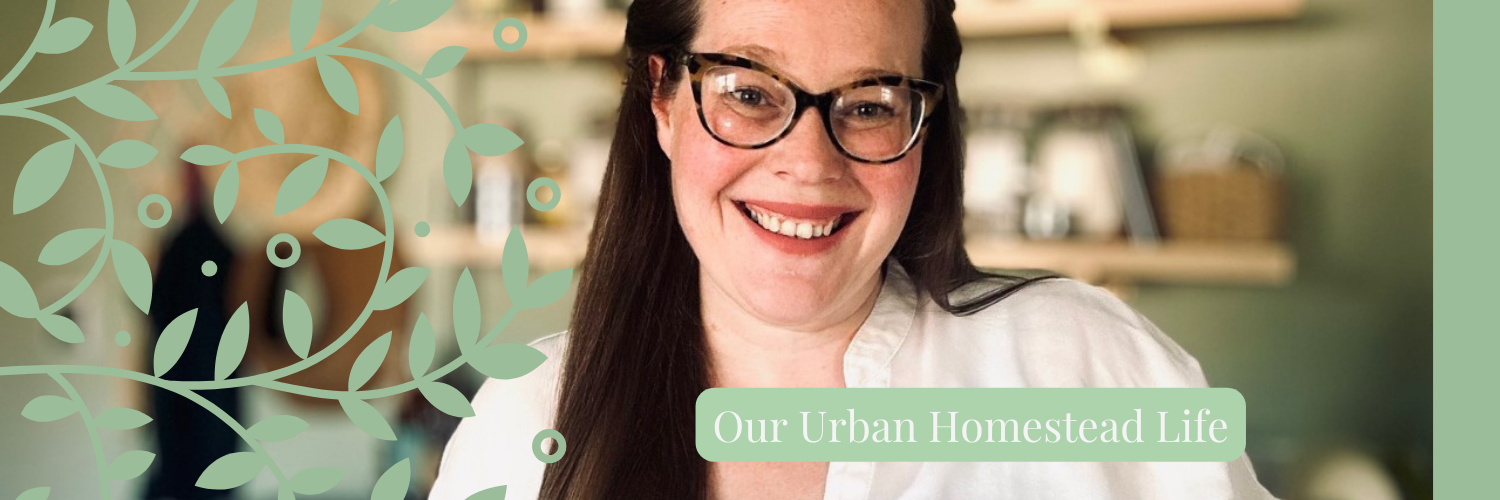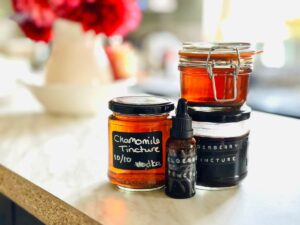Next up in our Winter Herbal Health series, we are going to take a look at tinctures. This easy remedy may take a little while to infuse, but is a fabulous way of extracting all of the goodness from the herb and making it last! And we want easy and accessible when we’re sick, right? Lets take a look at herbal tinctures for beginners.
Disclaimer: I am not a medical professional. I’m a mama who has used these remedies on my family after much research and am comfortable to do so. Please seek medical advice from your holistic healthcare professional.
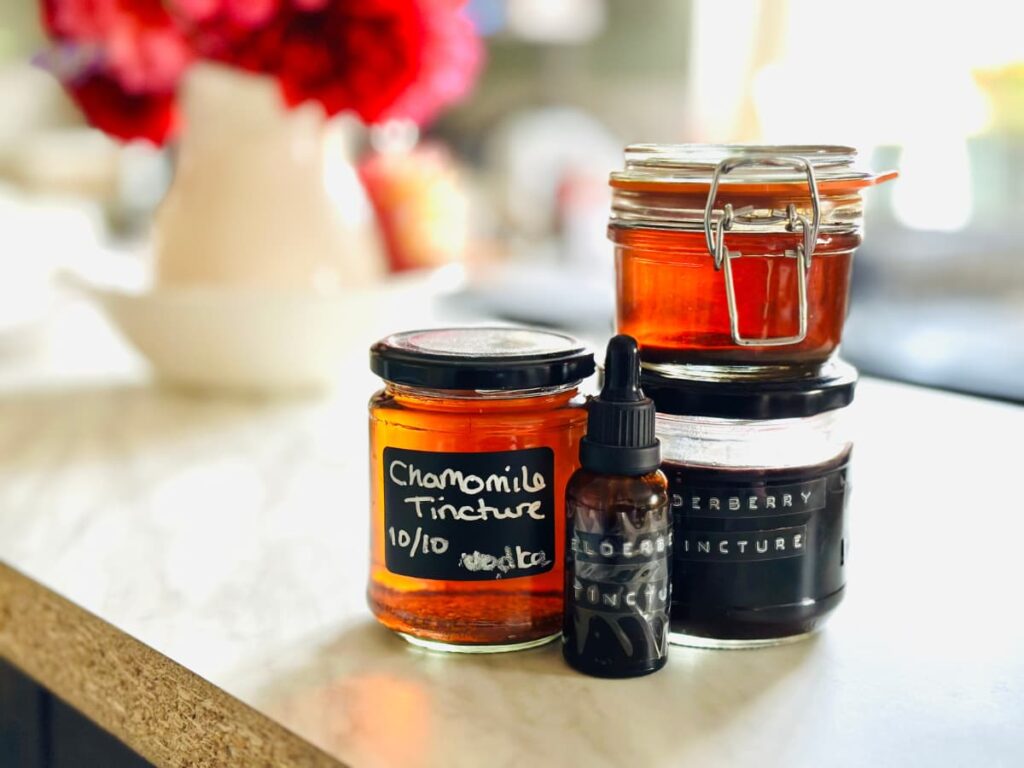
Please note that this page contains affiliate links. While we only recommend products that we believe in, we may benefit financially from any purchases you make.
As you have probably noticed from the series we are in the middle of, I’m very interested in herbal medicine lately.
I’m old fashioned on purpose, as Jill winger over at the prairie homestead says, and I am intrigued by the knowledge we’ve lost.
How mamas and grannies used to know what to grow and what to use when one of their own got sick.
And before you say we’re more advanced nowadays, just remember that most modern medicine comes from plants. Not much is better than the real thing, so I’ve been trying to learn more about plants and what amazing healing properties they possess.
I don’t, however, worship plants. I worship the one who made the plants, and I just want to learn the skills to keep that knowledge alive through my family. No one was able to teach me, so I want to be the one to teach my kids. It’s all about passing it on.
So what is a tincture?
A tincture is a concentrated herbal extract, made by soaking the herb or plant in alcohol (or vinegar). The alcohol extracts the beneficial components and preserves them for long periods. You can then take these orally or use topically to get the medicinal benefits.
You can use dried or fresh herbs for tinctures, and any kind of alcohol as long as it’s over 80 proof (or 40% ABV). While you can use rum, brandy or whiskey, the most common is vodka. This is because it is almost flavourless (alcohol burn isn’t a flavour, apparently..)
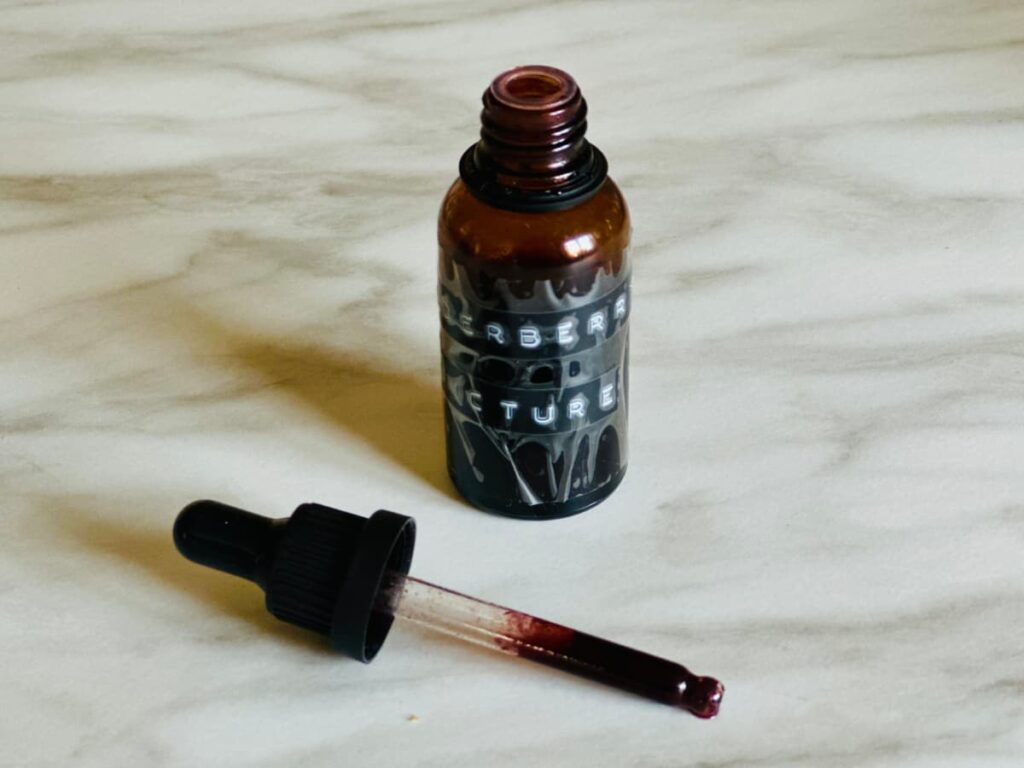
You can take a tincture neat, or in a glass of water or juice, or you can sweeten it with some good ole raw honey, for it’s own health benefits.
Personally, I go with the sweetened version, as I’m not a huge fan of neat booze, but however you can get it down, I say.
So what can I use a tincture for?
It’s important to seek medical advice if you are taking any kind of conventional medication, as certain herbs can interfere with them.
As always, follow the instructions on prepared tinctures or do your research, because there are tinctures that are for topical use only (on the skin, not in the mouth) such as Benzoin.
Now the warnings are out of the way, there are lots of ways to use tinctures, but the most common use is internal. You take the tincture for the health benefits of the plant you’ve used.
For example:
- Chamomile and Valerian are useful to reduce anxiety and promote sleep
- White Willow bark is useful for it’s painkilling qualities ( but like aspirin, don’t give to children or those with blood clotting issues
- Echinacea can treat and prevent colds and flu
And of course there are so many more. This is where your own research will come in.
So where do I start – Herbal Tinctures for beginners
I heard a very wise lady say, start with what you need.
Think about what you and your family suffer with the most. Is it insomnia? Is it colds and sniffles? Chest infections? Tummy troubles? What is the most pressing need in YOUR family? Remember, every family is different, so every herbal medicine cabinet will be.
We have no really serious health problems in our family, so as we come to winter, it’s colds and sniffles I concentrate on.
So Elderberry, Echinacea, Ginger, Turmeric and chamomile are all great Tinctures to have on hand for their immune supporting, anti inflammatory and antioxidant properties.
Yes, we have elderberry syrup, and our oxymel with ginger, but it’s helpful to have a number of things at hand, since they all support the body in different ways. A tincture is stronger than a syrup, for example, but syrup is usually more palatable..

Making a Tincture
The method is the same for any herb, really, once you know which part of the plant you need to use.
Simply fill a clean jar around 2/3 to 3/4 full of plant material and then pour the alcohol over until you’ve covered it. (Certain plants may float, but judge as best you can)
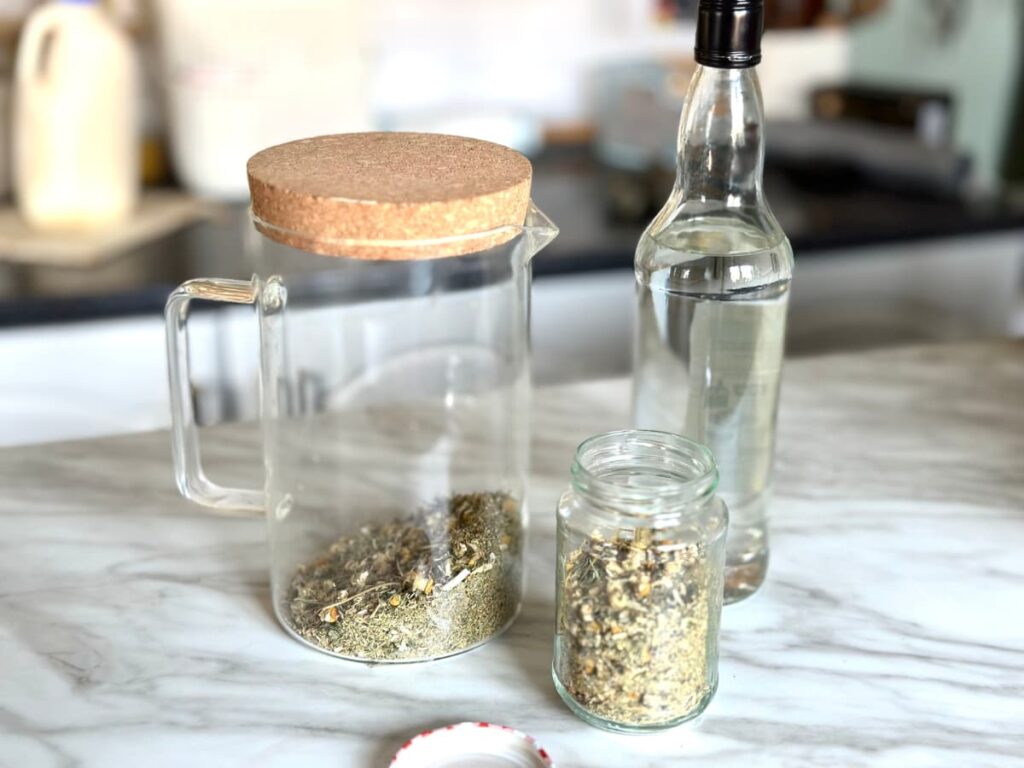
Here, I’ve used Chamomile and Echinacea.
Us a plastic lid, like these, or parchment paper under a metal lid ( to stop the alcohol reacting with the metal over a long period) and place in a cool dark place for at least 4 weeks. (the longer the better). If you can remember, shake the jar every couple of days.
Once it’s ready, strain out the organic matter and the liquid that’s left is your tincture!
It’s as easy as that! Store in a cool dark place and it will last for years.
Top tip: always label the jar! You think you will remember, but I can promise you, you won’t.
Now, I need to say, I am not against conventional medicine when needed. I believe most doctors want to help. However, I never want it to be my first port of call for anything other than an emergency!
Having herbs around to help support your health is a great way to keep the doctors at bay until you really need serious help.
Are you a tincture lover, or is it all too fiery for you? Let me know in the comments below. Until next time friends x
Other posts you may like:
